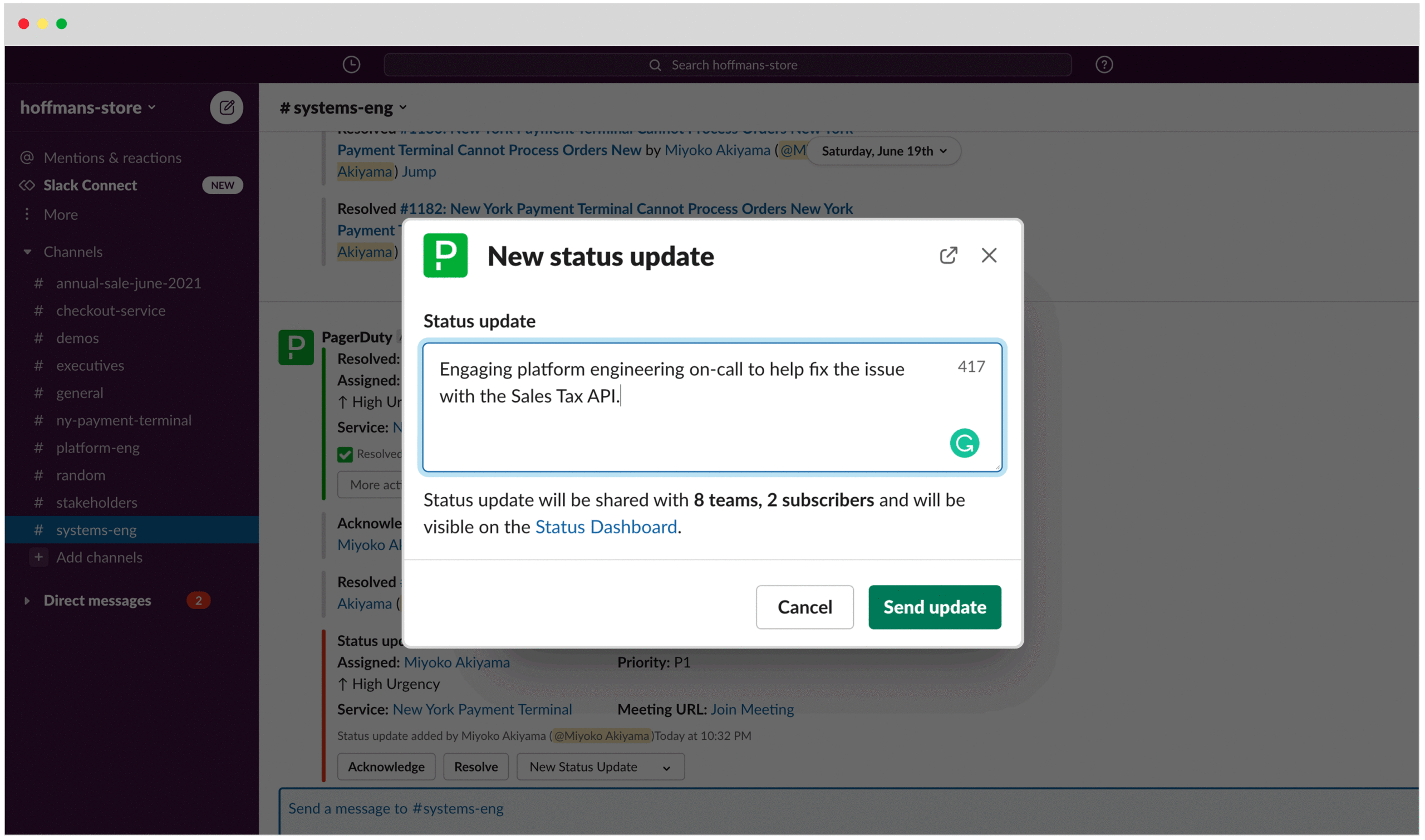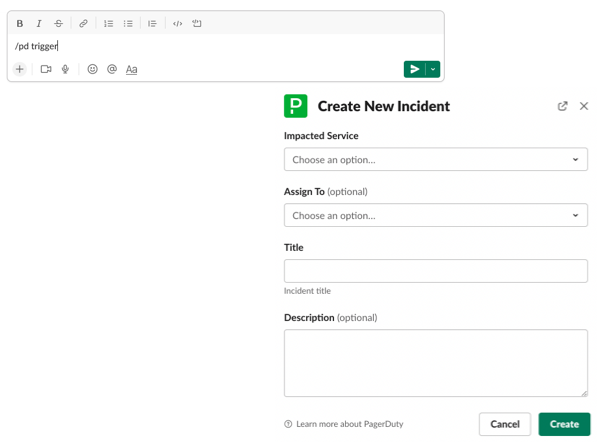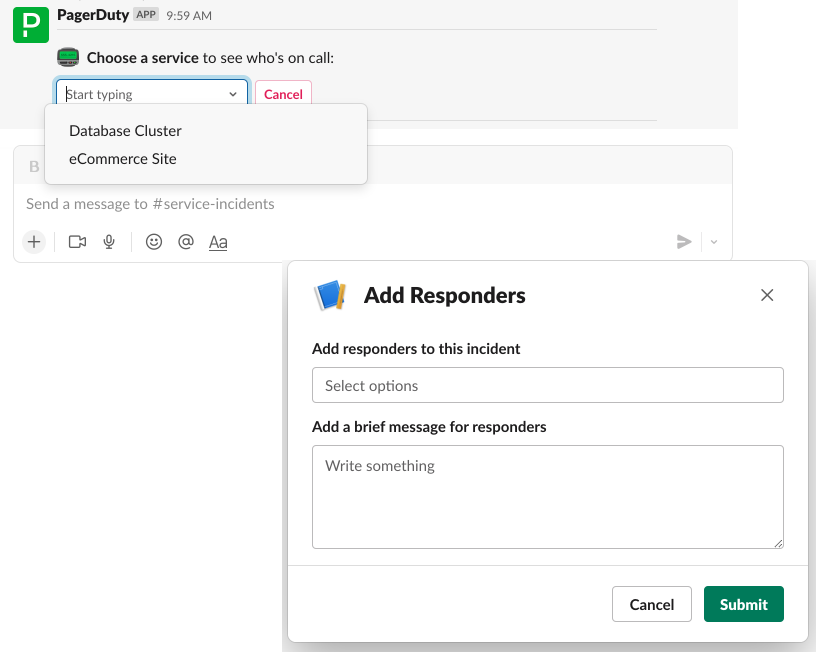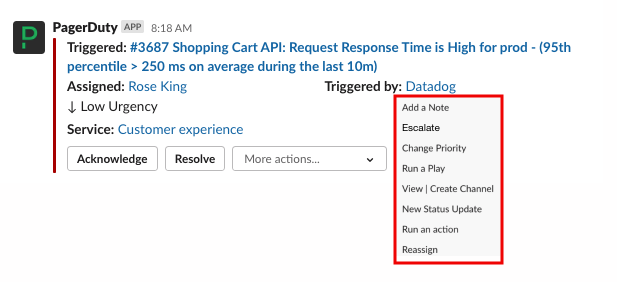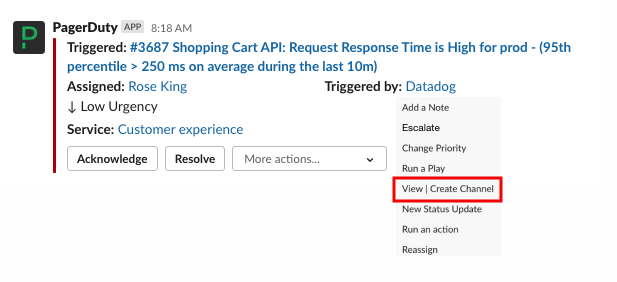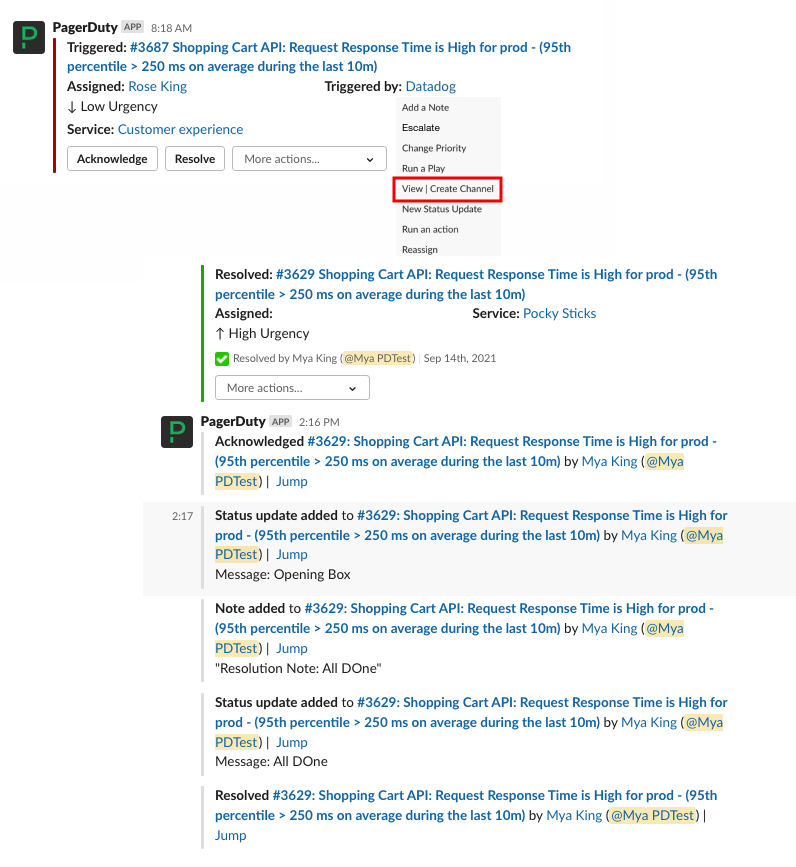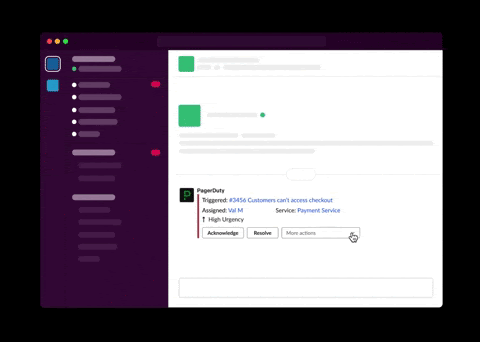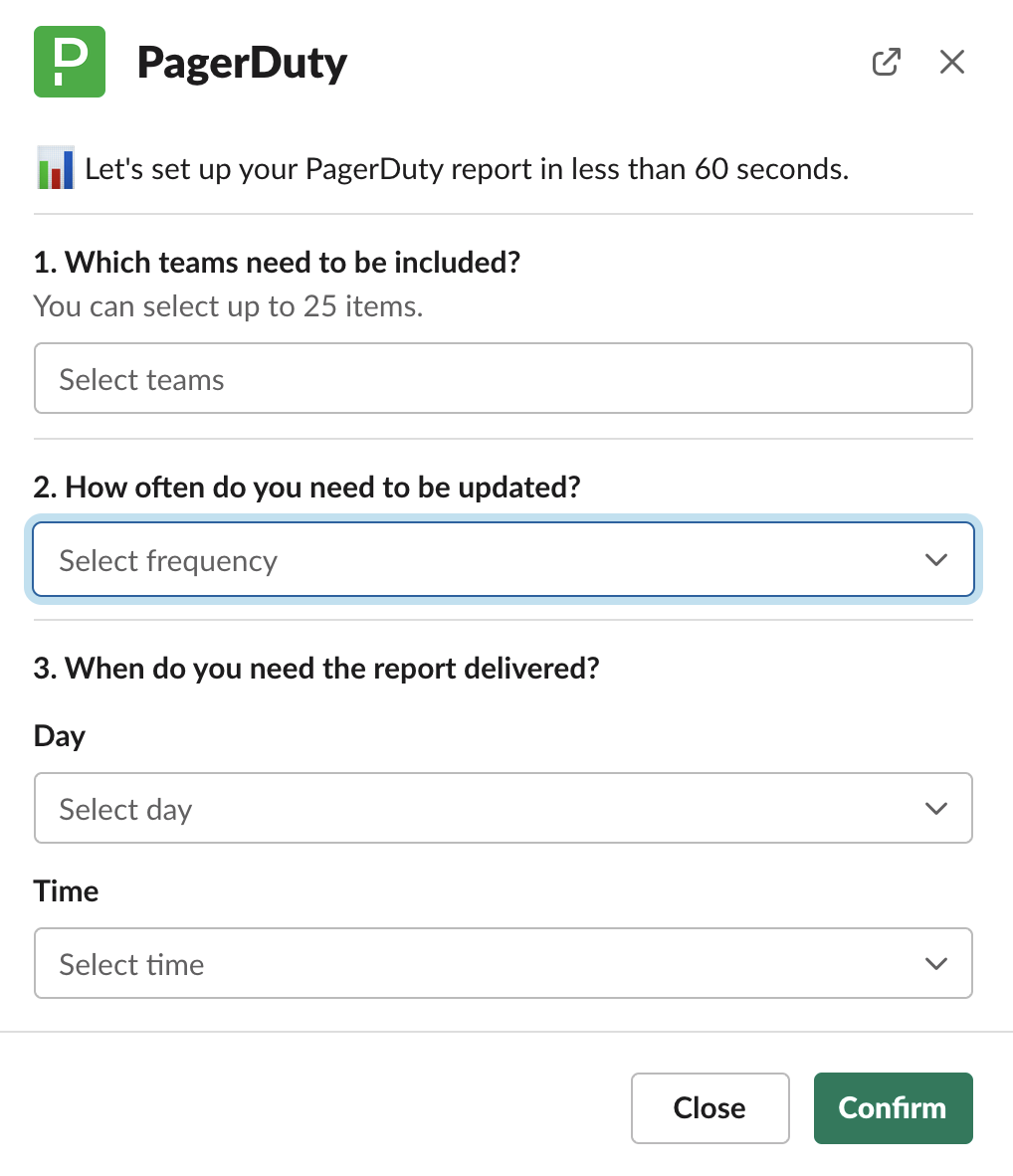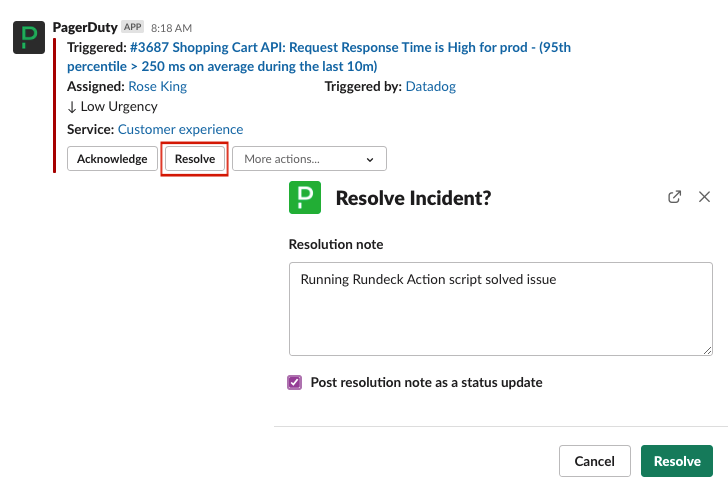Drive Real-Time Operations with Slack
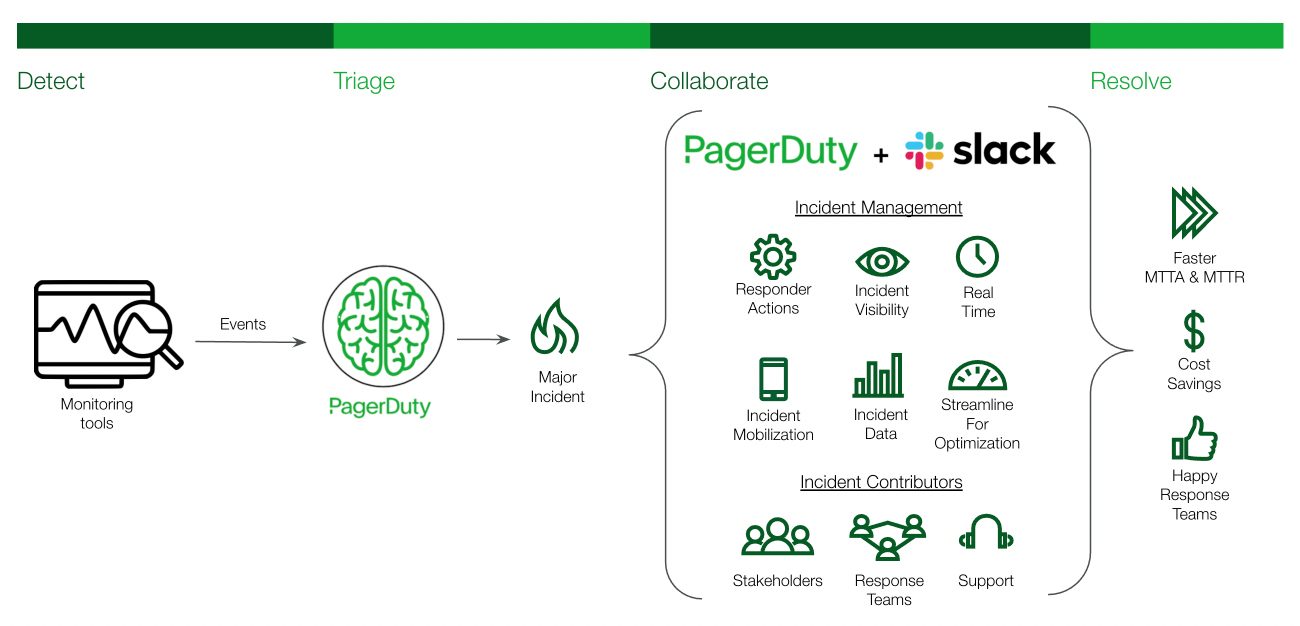
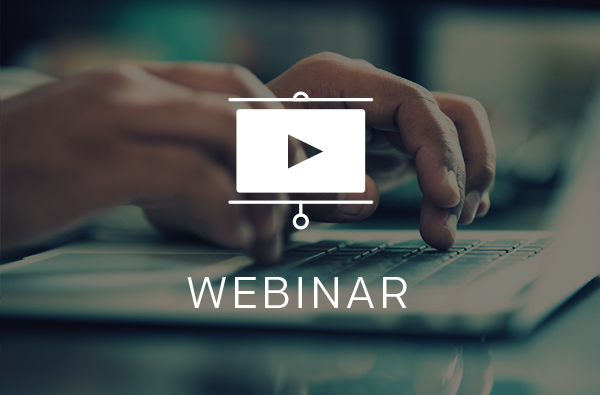
Webinar
PagerDuty Pulse: Latest Releases, Features & Capabilities
Catch up on all the exciting things we’ve released over the past few months, including new integrations for the PagerDuty partner ecosystem.
Register Now"Our teams have dedicated Slack channels for their alerts, and PagerDuty is integrated into each of them. So straight away, you can see when there's a serious problem, you can see when someone acknowledges it, and you can see that it's being resolved—all in one channel. That means, in terms of recovery, there's just one log for that particular product."
Tom Clark, Head of Common Platform—ITV
